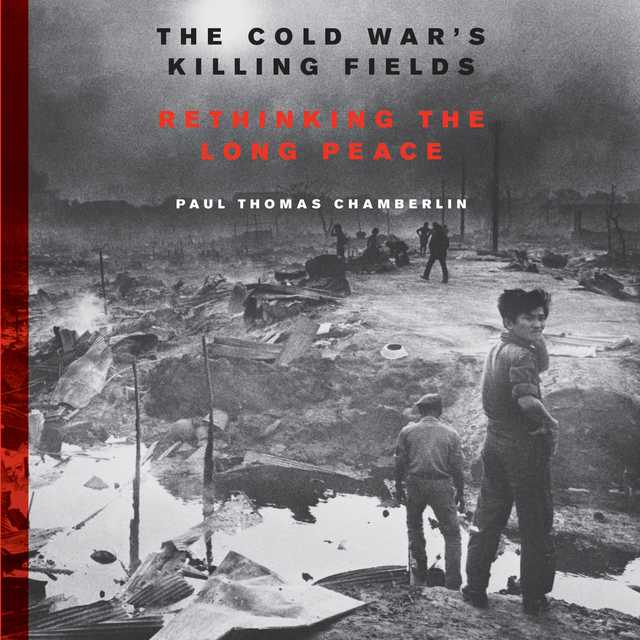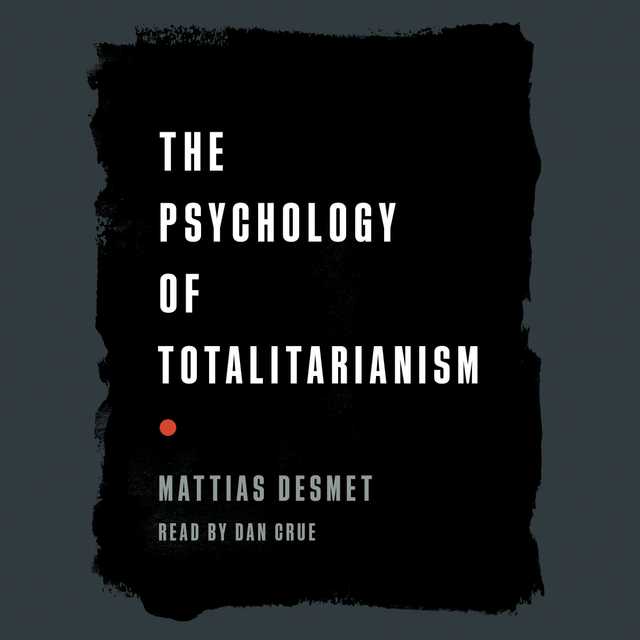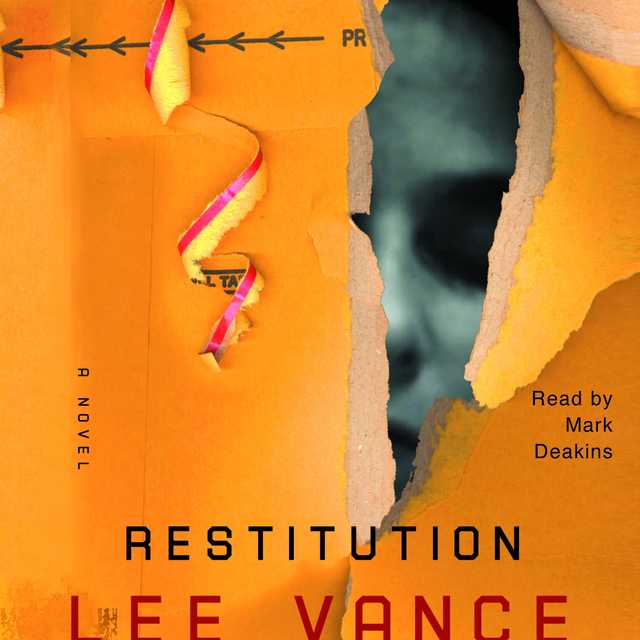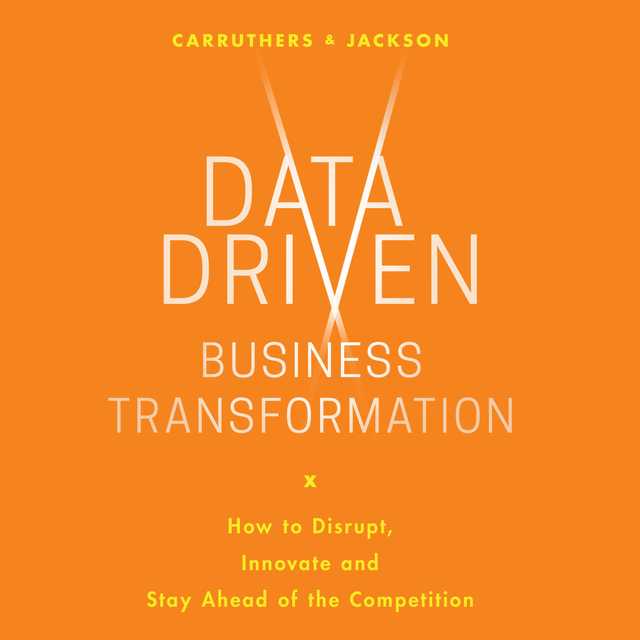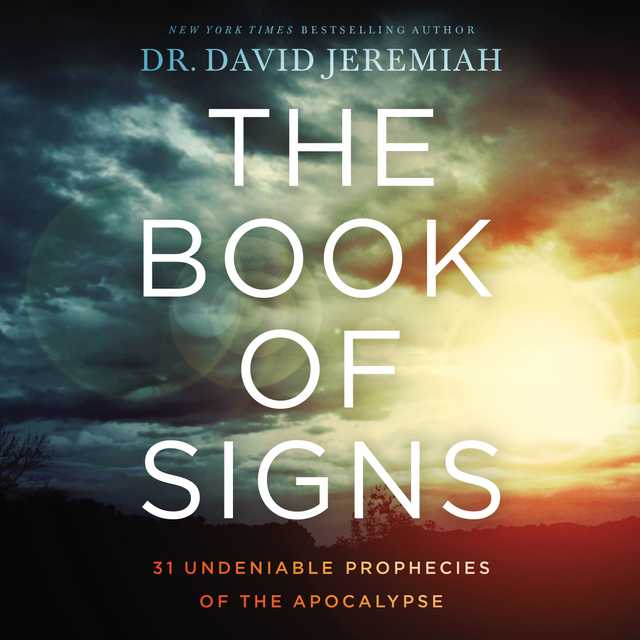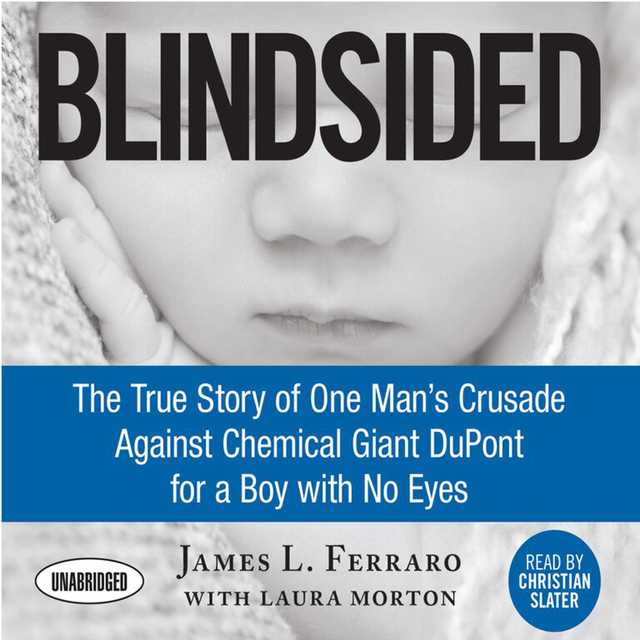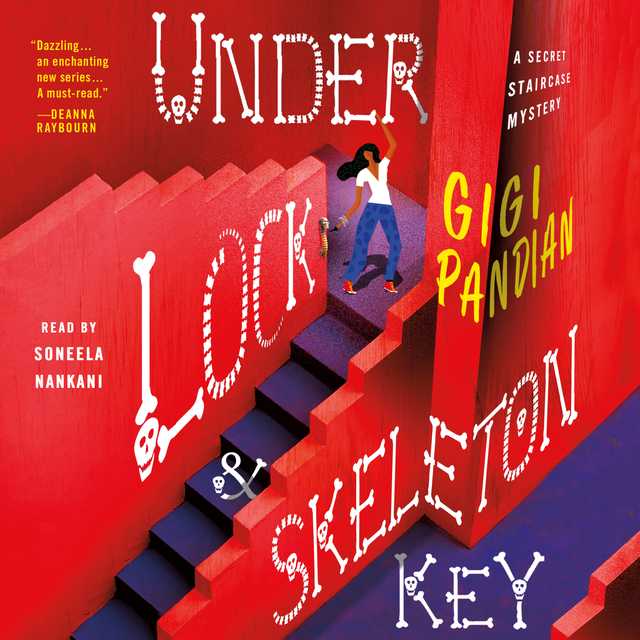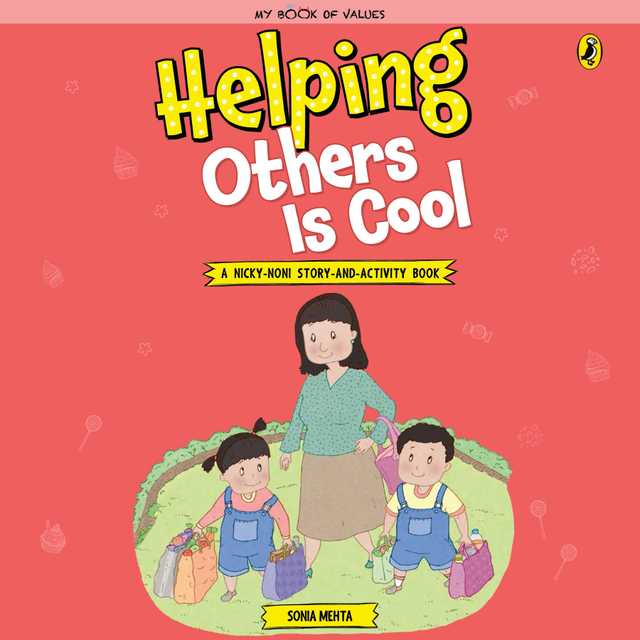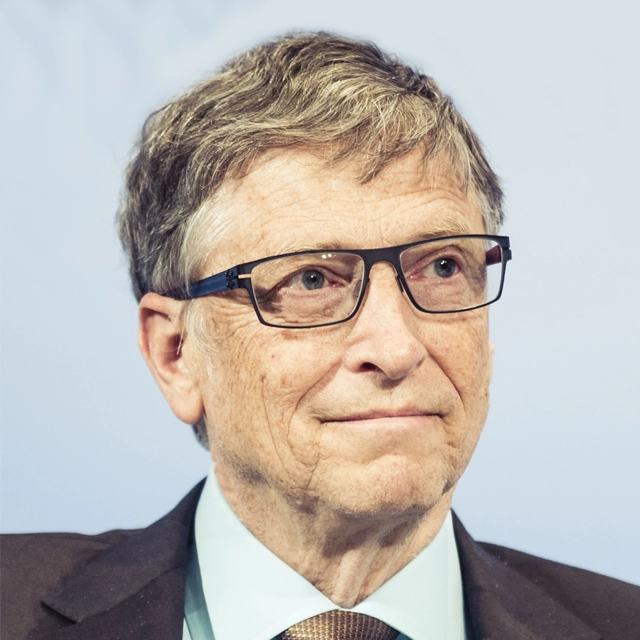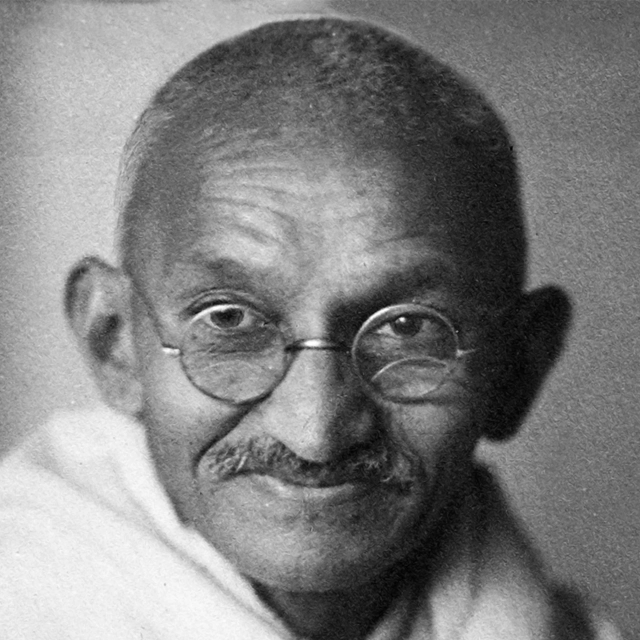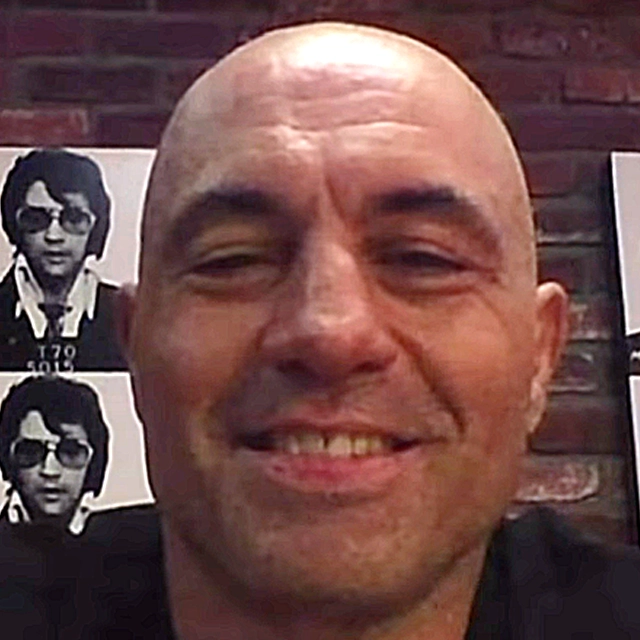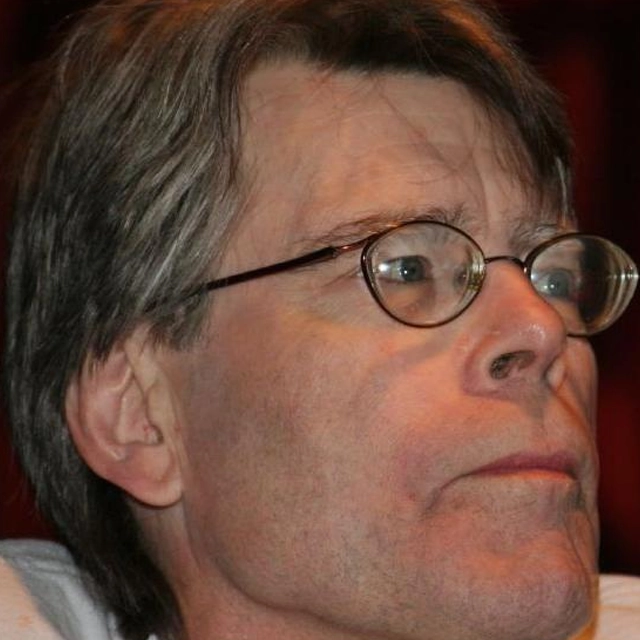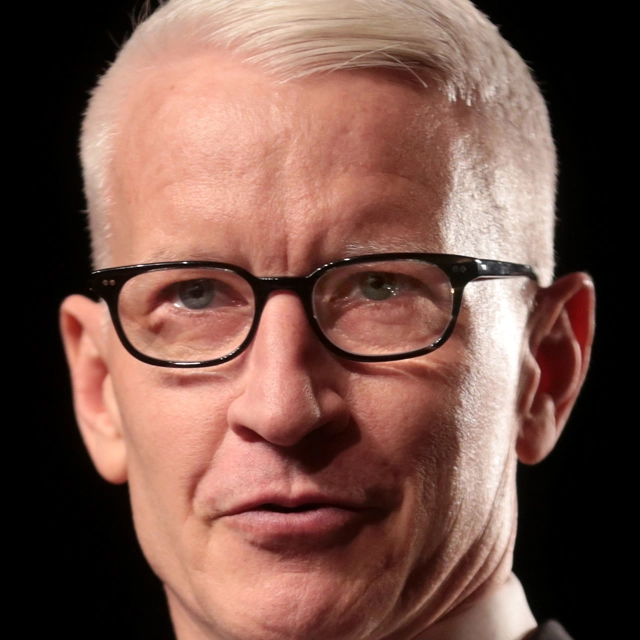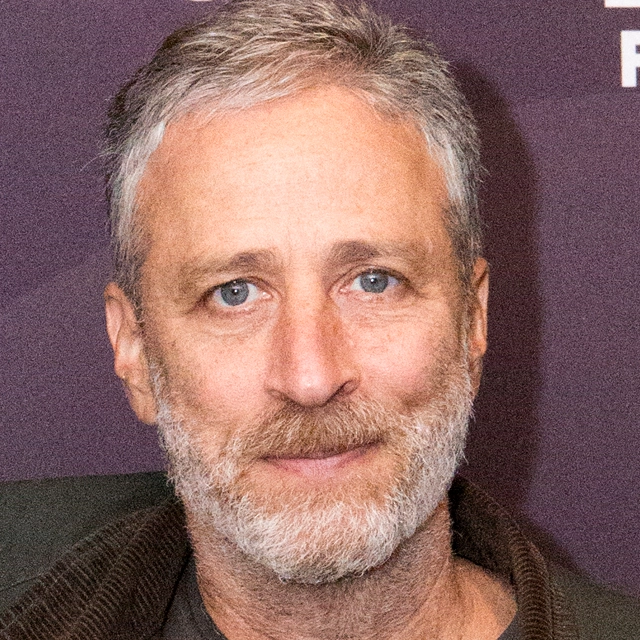The Cold War’s Killing Fields Audiobook Summary
A brilliant young historian offers a vital, comprehensive international military history of the Cold War in which he views the decade-long superpower struggles as one of the three great conflicts of the twentieth century alongside the two World Wars, and reveals how bloody the “Long Peace” actually was.
In this sweeping, deeply researched book, Paul Thomas Chamberlin boldly argues that the Cold War, long viewed as a mostly peaceful, if tense, diplomatic standoff between democracy and communism, was actually a part of a vast, deadly conflict that killed millions on battlegrounds across the postcolonial world. For half a century, as an uneasy peace hung over Europe, ferocious proxy wars raged in the Cold War’s killing fields, resulting in more than fourteen million dead–victims who remain largely forgotten and all but lost to history.
A superb work of scholarship, The Cold War’s Killing Fields is the first global military history of this superpower conflict and the first full accounting of its devastating impact. More than previous armed conflicts, the wars of the post-1945 era ravaged civilians across vast stretches of territory, from Korea and Vietnam to Bangladesh and Afghanistan to Iraq and Lebanon. Chamberlin provides an understanding of this sweeping history from the ground up and offers a moving portrait of human suffering, capturing the voices of those who experienced the brutal warfare.
Chamberlin reframes this era in global history and explores in detail the numerous battles fought to prevent nuclear war, bolster the strategic hegemony of the U.S. and the U.S.S.R., and determine the fate of societies throughout the Third World.
Other Top Audiobooks
The Cold War’s Killing Fields Audiobook Narrator
Grover Gardner is the narrator of The Cold War’s Killing Fields audiobook that was written by Paul Thomas Chamberlin
Paul Chamberlin is Associate Professor of History at Columbia University. He taught for six years at the University of Kentucky. He received his PhD from The Ohio State University after studying at the American University of Cairo and the University of Damascus and has held fellowships at Yale University and Williams College. His dissertation won the 2010 Oxford University Press prize for the best dissertation in international history. His first book, The Global Offensive: The United States, the Palestine Liberation Organization, and the Making of the Post-Cold War Order is an international history of the Palestinian liberation struggle.
About the Author(s) of The Cold War’s Killing Fields
Paul Thomas Chamberlin is the author of The Cold War’s Killing Fields
More From the Same
- Publisher : HarperAudio
- Abraham
- American Gods [TV Tie-In]
- Dead Ringer
- House of Sand and Fog
- Prey
The Cold War’s Killing Fields Full Details
| Narrator | Grover Gardner |
| Length | 22 hours 32 minutes |
| Author | Paul Thomas Chamberlin |
| Category | |
| Publisher | HarperAudio |
| Release date | July 03, 2018 |
| ISBN | 9780062848369 |
Additional info
The publisher of the The Cold War’s Killing Fields is HarperAudio. The imprint is HarperAudio. It is supplied by HarperAudio. The ISBN-13 is 9780062848369.
Global Availability
This book is only available in the United States.
Goodreads Reviews
Lance
June 04, 2019
I am struggling a bit with the framing argument - that the so-called “Long Peace” is a misnomer born of Eurocentric (or at least Western-focused) thinking. True enough as far as it goes, but I’m not sure the facts and narrative of this history supported the corollary premise that the violence that swept through Asia in the latter 20th century was the proxy violence of the Cold War. I do agree with the overall framework of three general waves of violence, but they don’t so much seem to have been caused by the Cold War as worsened or in some cases metastasized by it. Further, there’s something a little bit imperialistic in describing the various struggles of hundreds of millions of people pursuing their own local and international goals through the narrow prism of the U.S. v. the Soviet Union. Although the false premises and bipolar insanity that locked those two players into their Prisoners’ Dilemma did spill out into the rest of the world, it did not (at least from the narrative presented in this book) cause them. Instead, it spilled out in the form of almost unlimited weapons and money to fuel independently-arising or pre-existing conflicts around the globe.The first wave of violence seems to have been a late grab for statehood - the last of the great nations coalescing and taking their place (China obviously, Korea less successfully and still inconclusively). The second appears to have been primarily the fallout of post-colonialism, turbo charged by the injection of modern weaponry and superpower support. But whereas the first wave of violence was indeed driven at least in part by playing off Cold War brinksmanship, the second was many different things in many different places. What happened in Indonesia is not what happened in Cambodia, and neither had a whole lot to do with either the U.S. or Russia. Pakistan and Bangladesh and even Afghanistan had far more to do with India; they only Cold War involvement was material support for pre-existing conflicts. I also was not sure the conflict in Lebanon deserved the amount of coverage given in relation to the other parts of the book. Was it really the pivot that presaged the fundamental shift in warfare? Why? Other states descended into anarchy too, but they are not even mentioned. True there were sectarian overtones to the conflict, as would reoccur throughout the Middle East, but it was also a secular struggle. And it did not seem to have a whole lot to do with the Cold War. Sure it was a proxy war - but the players were Iran, Syria, Israel, not the U.S. or Russia. And I did not really follow how Lebanon led anywhere except back into itself. Afghanistan, on the other hand, bore bitter fruit tasted to this day the world over.So, I guess what I am saying is that this was a fabulously researched, detailed, thoroughly engrossing book. I’m just not sure the facts or narrative presented supported the alleged premise or argument. But ultimately that is fine, because the argument was not really pressed very often and so could be for the most part forgotten in favor of following a very good history of postcolonial revolution and violence (as it intersected with Western Cold War politics) in Asia in the latter half of the 20th century.
Walt
September 10, 2019
I really enjoyed this book. Chamberlin's writing is clear and crisp. I have a new understanding of so much of the 20th Century. However, his central thesis of connecting so many wars to a global war by proxy between the USSR and the USA was weak. Particularly near the end when he discusses the wars in the Middle East. Chamberlin further confuses things by dividing his book into eras of violence: rise of communism; post-colonial wars; and ethno-religiou sectarianism. Chamberlin begins in 1946 with the USSR attempting to subvert governments in Iran and Turkey. It is the first clear evidence I have seen of direct Soviet Russian attempts to undermine a sovereign nation. Chamberlin uses these two instances as the catalyst for the US government to determine it will fight Soviet influence everywhere. Seemingly, the Truman Doctrine was to box in the Soviet Union. The Soviets were afraid of being boxed in by the Americans. Both focused on Europe and the Middle East; and both were surprised by events in East Asia. Chamberlin makes the case that neither global power believed that the Chinese Communists would win, so they gave little interference in the war until the communists were gaining a decisive advantage. Likewise, the Korean War also caught the global superpowers by surprise. China supporting the North Koreans was the beginning of a break between the Communist nations. Likewise the Vietnam War is easily seen as a continuation of the Truman Doctrine. However, Chamberlin then goes on to describe the bloodbaths in Indonesia, Cambodia, and Bangladesh. In none of these cases could he really connect the Cold War. The annihilation of communists in Indonesia could simply be an ultra-rightwing nationalist authoritarian neutralizing his political rivals. The bloodshed affected every part of the country. There is no evidence that Russia or China even sought to help the Indonesian communists. Similarly, the Khmer Rouge in Cambodia was such an extreme form of Communism that one could say they were communists in name only. Vietnam invaded that country to end the insanity. China invaded Vietnam to end the invasion. Nothing about the story of the Khmer Rouge even hints at the Cold War except as a tangent in the Vietnam War. The war of Independence in Bangladesh also barely touched upon the Cold War because the Americans supported the Pakistanis. However, there was little or no evidence of Russian or Chinese meddling in that country. If anything, American support for Pakistan only pushed the Bangladeshis towards the Communists. Lastly, Chamberlin writes a fascinating story of violence in the Middle East, beginning with the Iranian Revolution, moving into the Lebanese Civil War; and concluding with the Iraq-Iran War. All the while the war in Afghanistan was playing out. Yes, Chamberlin does an great job describing the American support for the Mujahideen. That war was clearly part of the Cold War. However, the other three conflicts had virtually no connection to the Cold War. As Chamberlin noted several times, the atheist communists were seen to be just as bad as the Americans. Both sides only wanted guns. Noticeably left out of the book were wars in Africa and Latin America. He might have mentioned Angola and Mozambique in passing. But there may not have been enough material for him to make conclusive conclusions. Other wars, like the split in Yemen or the revolts in Hungary and Czechoslovakia are absent. Diplomatic warfare such as trade embargoes and foreign assistance was largely kept out of the book. Even blind Soviet support for Syria and blind American support for Israel was not clear and evidenced. Chamberlin could have argued for war by proxy in Lebanon; but ultimately did not.Overall, this was a bland history book with exceptional writing. There is distinct bias. While he lays a clear framework for the Truman Doctrine, he clearly faults Republicans, especially Nixon and Regan, with prolonging the bloodshed around the world. Truman and Johnson nominally are left alone. In fact, Chamberlin notes that Johnson was trying to end the war in Vietnam until Nixon appears to have secretly thwarted his plans by hinting the North Vietnamese could get a better peace deal if they waited for him to be elected. The war continued and expanded into Cambodia. I remain baffled at how or why Chamberlin included the wars in the Middle East unless he was trying to embarrass Republicans, especially Nixon and then Regan, Rumsfeld, and Bush. He even threw in a jab at George H.W. Bush when the Soviets sought American assistance in making peace in Afghanistan. The elder Bush brushed them aside. I cannot overemphasize how good the writing is in this book. Complex events are simplified into small bits and pieces. The writing and presentation is excellent even if the central argument is weak.
Michael
December 19, 2020
"Cold War? Hell, it was a hot war!"--Robert McNamara, The Fog of WarMcNamara isn't wrong. While the soldiers of the superpowers rarely engaged each other directly during the 45 year long confrontation between Communism and Capitalism, proxy wars blazed across the world. Chamberlin's book is a survey of those proxy wars, which killed 20 million people between 1945 and 1990. The My Lai Massacre is perhaps the most infamous incident, but the average death toll was 3 My Lai's a day. Some of the wars are famous; Korea, Vietnam, Afghanistan, but some of the bloodiest incidents are almost forgotten in the West, like the Indonesian genocide of 1965, orchestrated by Suharto with CIA assistance, or the bloody war of Bangladeshi independence.Chamberlin organizes his book into three chronological section dominated by historical themes. The first was the rising triumph of Communist China, from their victory in the Chinese Civil War to their intervention in Korea. Maoist successes came with heavy casualties and were ultimately stemmed in Korea with UN soldiers, though the war stopped short of General McArthur's desired nuclear attack.The second phase was "war of national liberation", of which Vietnam was the centerpiece. The widening Sino-Soviet split also ruptured into an absolute breach, with the killing fields of Cambodia representing the nadir of the Communist desire for utopia.The third phase was one of religious and nationalistic wars. The Soviet invasion of Afghanistan and American funding of Islamic guerillas was key to this period of the Cold War, but the long Iran-Iraq War was a bloody version of WW1 in the Middle East with far higher casualties.All theoretical perspectives draw boundaries, and while Chamberlin's focus on 'the Asian rimlands' brings forward overlooked events, it also means that this history of the post-colonial order ignores Africa and South America, which saw their own bloody killings and wars. And if this was your only book, you wouldn't know that there were ideologies or nuclear weapons involved, which seems important. The theoretical lens says that mass deaths in Asia have a common thread, which seems tenuous in some cases. Bangladesh and Iran-Iraq in particular don't seem to be Cold War killings. It's clear that the superpowers were absolutely willing to support almost any murderous faction that made the right noises about Marxism. Compared to Lowe's Savage Continent, Killing Fields is a chronology without much analysis.
Peter
September 06, 2021
The “new global history” makes its way from the archive-heavy “groundbreaking” texts that get a scholar through the door, to the more approachable, secondary-source-using works that help a professor get tenure (and if they’re lucky and have a good contract, textbook buys). Chamberlin did the former with his book “The Global Offensive,” about the PLO’s international campaigns, and is now doing this latter with a broad-scope look at the Cold War in Asia. It makes sense the Cold War is such a locus for global history, given that it took place around the world, and the archives are mostly intact, and in a variety of languages for all these scholars to show off their chops. It’s been a good time for Cold War scholars.Chamberlin takes aim, though in a curiously unaggressive way, at two shibboleths of recent twentieth-century historiography. One is right there in the subtitle: “the long peace,” the idea that the Cold War constituted a peculiar time where conventional wars between great powers ceased, in marked contrast to the first half of the century. This was most strongly promulgated by the dean of Cold War historians, John Lewis Gaddis, though Gaddis, in this as in other instances, was always more of an affirmer of consensus establishment ideas than he was an innovator. It’s easy to see the Cold War as peaceful from Yale. It’s a lot harder from pretty much anywhere in the parts of the world that Chamberlin writes about and refers to as “bloodlands,” making another nod at another Yale historian with substantial crossover appeal, Tim Snyder (Chamberlin went from a job at the University of Kentucky to one at Columbia over the course of researching this book, for those playing the home game). Snyder’s “Bloodlands” was an interesting and frustrating book, understanding the regions between a Germany and Russia through a lens inflected both by an understanding of the central importance of mass violence and a certain liberal totalitarianism-school dingbattery that only got worse once Snyder got Resistance-brain after the Trump election.Chamberlin reassures us he’s not having a go at Gaddis and I don’t recall him mentioning Snyder by name but there’s enough of interest here to retain us without academic backbiting. The central idea should be obvious to anybody: maybe we avoided the big nuclear blowout everyone was afraid of, but a lot of countries suffered terribly due to the Cold War. Particularly given the coincidence of the Cold War occurring during the collapse of the European empires, the conflicts that would have accompanied decolonization in any event became supercharged and freighted with meaning as the Cold War superpowers forced each conflict into the framework of bilateral — or at best, US vs USSR vs China trilateral — conflict. The Cold War’s gravitational pull — and especially the sheer determination on the part of the American side to assimilate seemingly every political event between 1947 and maybe 1980, if not well after, into an us vs them framework, and the money and force they’d throw into the project — drew in wars that had little to do with decolonization as well, particularly in the Middle East.While some of this dynamic played out in Africa and Latin America, Chamberlin chooses to focus his efforts on Asia. This makes sense, as many of the worst conflicts occurred there, and enough of them happened that you get a solid arc of conflicts from the end of WWII right up to the nineties. Most of the book is made up of respectable capsule histories of Cold War conflicts running in an arc from Korea all the way to Lebanon. Chamberlin artfully balances concision and completeness, overarching theses and the details of the individual conflicts. It wouldn’t make a half-bad textbook with which to teach the Cold War.The historical narratives Chamberlin threads through these conflicts include atrocious conduct towards civilians as well as the eventual downfall of both revolutionary Third World communism and of secular nationalism in much of the arc of conflict he describes. Most of the wars in Cold War Asia were civil wars, and one thing that has become increasingly clear in history is that civil wars are a special kind of hell (you have to wonder how much the fact that the US Civil War was understood as “chivalrous,” alongside the way the English kind of throw their civil war down the memory hole, contributed to the delay of that realization in anglophone history). These invariably become wars against suspect populations. In Korea, massacring suspect civilians was de rigueur when either side, the American-backed South or the communist North, seized an area, or retreated from it. Massacre was also common on the invariable “both sides” in Vietnam, to the point where many were surprised that after the communist revolutionaries final victory, their revenge kill count was “only” in the five or six figures. On and on.“Both sides” doesn’t really cover it, though, because one side was typically a good deal stronger than the other, and that was the side that was backed by the United States. The Soviets and Chinese did not distinguish themselves with their regard for human life during interventions in Afghanistan, Korea, and Vietnam. But it’s clear, from this book and from the Cold War scholarship in general, that both material and ideological factors rendered American-backed parties in these wars both deadlier and more willing to use that deadliness indiscriminately. You want to see disregard for human life, have a gander at the conversations between Nixon and Kissinger about what their friend, the Pakistani military under Yahya Khan, was doing in Bangladesh in 1971, or the approving CIA memos of the mob slayings of hundreds of thousands of purported communists in Indonesia in 1965. You didn’t need to be a sociopath like Kissinger, though- just accepting of the Cold War establishment party line and not thinking too much, like most Americans involved in destroying Korea and Vietnam, in large part from tens of thousands of feet in the air or from an office somewhere, killing between one and three million in both places, mostly civilians. Even the (arguably) grisliest set of episodes in the book, the killing fields of Cambodia under the Khmer Rouge, took place with tacit American (and Chinese) approval, to “counter” in some backwards way, the (Russian-backed) North Vietnamese.The international left won some pretty substantial victories in Asia during this period, mainly in creating and maintaining a communist regime in China and the victory over American imperialism in Vietnam. But it took a beating in doing so. Brutalized societies do not for utopias make. In many respects, our caricatures of Communist regimes as brutal and deprived gain their truth from the fact that all of them — not just the ones in the Asian bloodlands, either — went from long-oppressed, typically impoverished autocracies to war-torn messes to just left to their own devices. There’s limits to how much failure and oppression that excuses, but the point is that deprivation and violence, often enough inflicted by overweening foreigners (who think they’re doing you a favor in the bargain!), tend to elevate harsh, hasty decisions and those who are comfortable implementing them. The rest is history.It’s questionable how much that factored in to the ways in which the third wave of Asian Cold War conflicts in the Middle East (after a first wave in Northeast Asia and a second in Southeast Asia) turned away from communism and towards ethnic conflict and religion, especially militant Islamism. It certainly didn’t help, in terms of confusing local socialist forces (do we favor China or Russia, etc?) or inculcating paranoia and divisiveness in, say, the Afghan left. Egypt and Arab nationalism is somewhat outside of the scope, or anyway the framing Chamberlin gave it, and while he doesn’t underplay the American hand in encouraging Islamist forces, he doesn’t quite nail how destroyed the Middle East left was by direct suppression, not just discouragement at how communism seemed hard and treacherous.This brings me to one of the odder things about the book- what he counts and what he doesn’t as part of his “bloodlands.” Snyder was odd about this too, including relatively quiet Estonia but not bloodied Yugoslavia, but he had a thesis, double-occupation, Nazi-Soviet totalitarian interplay, to advance. I don’t really see what Chamberlin’s thesis would lose by including the Hukbalahap rebellion in the Philippines in the late forties and early fifties, or the “Malay Emergency” that ran from 1948 to 1962. I guess every pedant will find a gored ox in any book of this kind, and the book doesn’t suffer too much from their exclusion. It probably doesn’t help that neither war is that well sourced or widely written about, as I have reason to know. In fact, the main people who write about them are self-dealing counterinsurgents crowing about them as success for their model of war. Beyond them it’s tricky to find stuff. The British aren’t eager to talk about Malaya because of their usual impulse to hide their dirt; Americans aren’t eager to talk about the Philippines because it’s a confusing by-blow that doesn’t demand anything of them (not unlike Liberia in that respect). For instance, I can’t find a good casualty count for the Huk War. Details are a little better with the Emergency but not much. It could be they simply weren’t bloody enough for Chamberlin’s definitions? But among other things, they encouraged the western side in the Cold War to take a hard line in Asia…Anyway, this is a pretty admirable work of history. It’s interesting to see the “bloodland” thing taken out of the context of totalitarianism arguments, most of which implicitly back Anglo-American power, if not all of its uses (often, totalitarianism-minders want that power to be used more aggressively, like North Korea hawks). It’s conceivable that this book is an instance in a kind of positional warfare on the part of soft-left (here meaning actual leftists who are cautious about revolution, not liberals) academics to use widely accepted notions — like that it’s bad to kill millions of people — to criticize the Cold War state and its inheritors, most of the states currently extant and the neoliberal capitalism that dominates most of them. That’s cool- I can’t help but imagine the slashing attack an Eric Hobsbawm or a Walter Rodney would make of the same material, but sometimes expanding the trench lines works too. ****’
Joseph
August 08, 2021
A thorough and challenging revision of much of Cold War history and part of the global turn in CW history. PTC argues that Gaddis idea of the CW as a "long peace" overlooks how CW interventions intensified warfare and political radicalism along a long frontier ranging from North Africa through the Middle East, Central Asia, and into East and southeast Asia. Both superpowers saw this a testing ground for their ideologies, feared they were being encircled by the other, and intervened extensively in these areas, prioritizing allies who crushed the other side much more than ideological consistency. Along with endogenous factors, this sort of offshored and intensified the violence of the Cold War. Chamberlin divides the violence of the Cold War into 3 stages. In the Asian Offensive, from the 1940s to the 1960, Communists made huge gains, mostly in Asia. In the 2nd stage, the Asian counteroffensive, Western-backed forces in Indonesia, East Pakistan, and elsewhere crushed communist or left leaning movements, and the Sino-Soviet split and internecine communist conflict delegitimized the Communist brand in the 3rd World and put communism in general on a long term path of decline. In the 3rd stage, the Great Sectarian Revolt, global politics started to shift to more sectarian/religious/ethnic axes rather than East-West binary of the CW, exemplified by conflicts in the Middle East and the rise of religious fundamentalism. The US often tried to harness the momentum of this revolt, with some successes, against the Soviets, but there were obvious long-term consequences to this stoking of radicalism. If there is a policy lesson in this book, it's that the US intervened so drastically, or supported the crushing of, relatively moderate and sometimes left-leaning nationalist movements that it ended up discrediting those movements and fueling extremism that we are still dealing with today.One of the big takeaways from this book for me was the importance of China to the Cold War. PTC almost argues that this was a three-way conflict, and he shows how the Chinese intervened throughout the world almost as much as the Soviets did. China was central to the growth of a 3rd world communist-nationalist model that was huge in the 50s and 60s, stealing much of the revolutionary thunder of the increasingly conservative Soviets. PTC's account of the CHinese Revolution and the rise of the Sino-Soviet split are excellent, especially in how he weaves in the story of 3rd world intervention.One mild critique I have of this book is that I'm not sure how useful the borderlands framework is. Tim Snyder uses the borderlands concept very well in his book bloodlands, but there's he talking about a more discrete, limited body of territory btw the USSR and Nazi Germany. I'm not sure how useful it is to think of the "rimland" btw the Soviet Union and the Indian and Pacific oceans as a borderland in any meaningful sense. I mean, well over half the world's population lives in that belt, so it would be natural that Cold War feuds would erupt there. It just doesn't seem to add anything to the analysis. Another mild critique is that I think PTC overstates the importance of the CW to the Great Sectarian Revolt of the 70s and 80s. Obviously outside interventions stoked tensions here (although PTC overlooks cases of controlling tensions like the US negotiation of peace btw ISrael and Egypt), but I think the causes were largely endogenous, as shown by the fact that the ME has remained a hotspot of global conflict since the end of the CW as other areas have become more peaceful.This book joins a wide body of work on the global Cold War, and while I'm not totally on board with the argument (or how new it is relative to Odd Arne Westad's work), it is a strong and thorough work of synthesis that advances its own bold interpretation while also providing comprehensive coverage of the Cold War in the Third World. I'm sure I will draw on it for research and teaching. Recommended less for the lay reader of history (it's quite long) than for students, researchers, and teachers of U.S. and global history in the 20th century.
Nick
September 01, 2018
A very good book, covering the somewhat forgotten Cold War conflicts of Asia, from the Chinese civil war to the Soviet occupation of Afghanistan. It focuses more of the political and and strategic issues rather than the on the ground conflict, although it does not shirk this side of things. My only regret is that I did not read "The Cold War: A World History" by Odd Arne Westad, before rather than after as it is providing some great background material to the matters covered in this book.
Julien
September 02, 2019
Thoroughly researched and detailed summary of post-WWII conflicts in Asia. It covers a lot of horrible events but gives good context in terms of how the conflicts fit into the mindset of the Russians, Chinese and Americans. It covers a few things in more depth that are sometimes overlooked: Indonesia and the PKI, the Iran-Iraq war, Cambodia, Lebanon and Bangladesh. The parts on Vietnam and Korea and Mao is more well-trod ground. But I found the book moves quickly and always tries to frame the issues in an international context, so you always feel like you understand how things got to the point they did. I thought the last third (Middle East) didn't fit as neatly into the original framing of the book. It probably deserves it's own book which means I will read his earlier book on the PLO.
Lily
August 13, 2022
This is a really incredible book which everyone should read. Basically, this book is a detailed outline of the following conflicts:-The Chinese Civil War-The Korean War-The Vietnam War-The events in Indonesia covered by the Jakarta Method-Bangledesh-Cambodia-Lebanese Civil War-The Iranian Revolution-The Iran/Iraq War-The Soviet/Afghanistan War...and more.I had wanted to read more about Latin America in the Cold War, and this book doesn't cover that. I had also wanted to read about Cypress and Greece but they are only mentioned in passing here. However, the amount of detail on the above conflicts really makes this worth the read. It is also illuminating to consider Yugoslavia in light of what I learned in this book.
Kaveri
January 25, 2023
Absolutely brilliant! An important and highly piece of scholarship. I am somewhat confused about how local conflicts got told from the larger superpower struggle of the Cold War — I believe some of the conflicts (especially those before Vietnam) got retroactively told from the perspective of the Cold War in order to advance Chamberlin’s argument. But great writing, regardless!
Alex
August 30, 2021
A counter-look of the post World War II world, that focuses on the millions killed in three theatres - East Asia, South Asia, and then the Middle East. Far from being a time of peace in the Cold War, the author lays out of a story of almost continuous campaigns in which the Soviets, Chinese, and Americans fought a series of proxy wars against each other for nearly 40 years.
F. Reid
December 31, 2019
incredible perspective on not just the cold war, but the geopolitical ramifications of foreign policy across the major nation-states in the last century or so. think of this as the germs, guns, and steel of the cold war era
Caleb
March 25, 2022
A *military history* of the *Col War* narrated by *Grover Gardner*? Uhh yeah. Count me in.Easy pick for Oscar Gold. 5 bags of popcorn, 5 cups of soda. And I’ll toss in a temporary tattoo of the hammer and sickle (you don’t want that permanently tattooed on you these days).
Sash
November 10, 2021
This book is a wealth of knowledge. There is so much information about the cold war jammed in only 600 pages. It's easy to read and follow and impossible to put it down.A book that stays on your bookshelf for future references.
Liz
December 21, 2021
learned a whole lot!
Most Popular Audiobooks
Frequently asked questions
Listening to audiobooks not only easy, it is also very convenient. You can listen to audiobooks on almost every device. From your laptop to your smart phone or even a smart speaker like Apple HomePod or even Alexa. Here’s how you can get started listening to audiobooks.
- 1. Download your favorite audiobook app such as Speechify.
- 2. Sign up for an account.
- 3. Browse the library for the best audiobooks and select the first one for free
- 4. Download the audiobook file to your device
- 5. Open the Speechify audiobook app and select the audiobook you want to listen to.
- 6. Adjust the playback speed and other settings to your preference.
- 7. Press play and enjoy!
While you can listen to the bestsellers on almost any device, and preferences may vary, generally smart phones are offer the most convenience factor. You could be working out, grocery shopping, or even watching your dog in the dog park on a Saturday morning.
However, most audiobook apps work across multiple devices so you can pick up that riveting new Stephen King book you started at the dog park, back on your laptop when you get back home.
Speechify is one of the best apps for audiobooks. The pricing structure is the most competitive in the market and the app is easy to use. It features the best sellers and award winning authors. Listen to your favorite books or discover new ones and listen to real voice actors read to you. Getting started is easy, the first book is free.
Research showcasing the brain health benefits of reading on a regular basis is wide-ranging and undeniable. However, research comparing the benefits of reading vs listening is much more sparse. According to professor of psychology and author Dr. Kristen Willeumier, though, there is good reason to believe that the reading experience provided by audiobooks offers many of the same brain benefits as reading a physical book.
Audiobooks are recordings of books that are read aloud by a professional voice actor. The recordings are typically available for purchase and download in digital formats such as MP3, WMA, or AAC. They can also be streamed from online services like Speechify, Audible, AppleBooks, or Spotify.
You simply download the app onto your smart phone, create your account, and in Speechify, you can choose your first book, from our vast library of best-sellers and classics, to read for free.
Audiobooks, like real books can add up over time. Here’s where you can listen to audiobooks for free. Speechify let’s you read your first best seller for free. Apart from that, we have a vast selection of free audiobooks that you can enjoy. Get the same rich experience no matter if the book was free or not.
It depends. Yes, there are free audiobooks and paid audiobooks. Speechify offers a blend of both!
It varies. The easiest way depends on a few things. The app and service you use, which device, and platform. Speechify is the easiest way to listen to audiobooks. Downloading the app is quick. It is not a large app and does not eat up space on your iPhone or Android device.
Listening to audiobooks on your smart phone, with Speechify, is the easiest way to listen to audiobooks.

